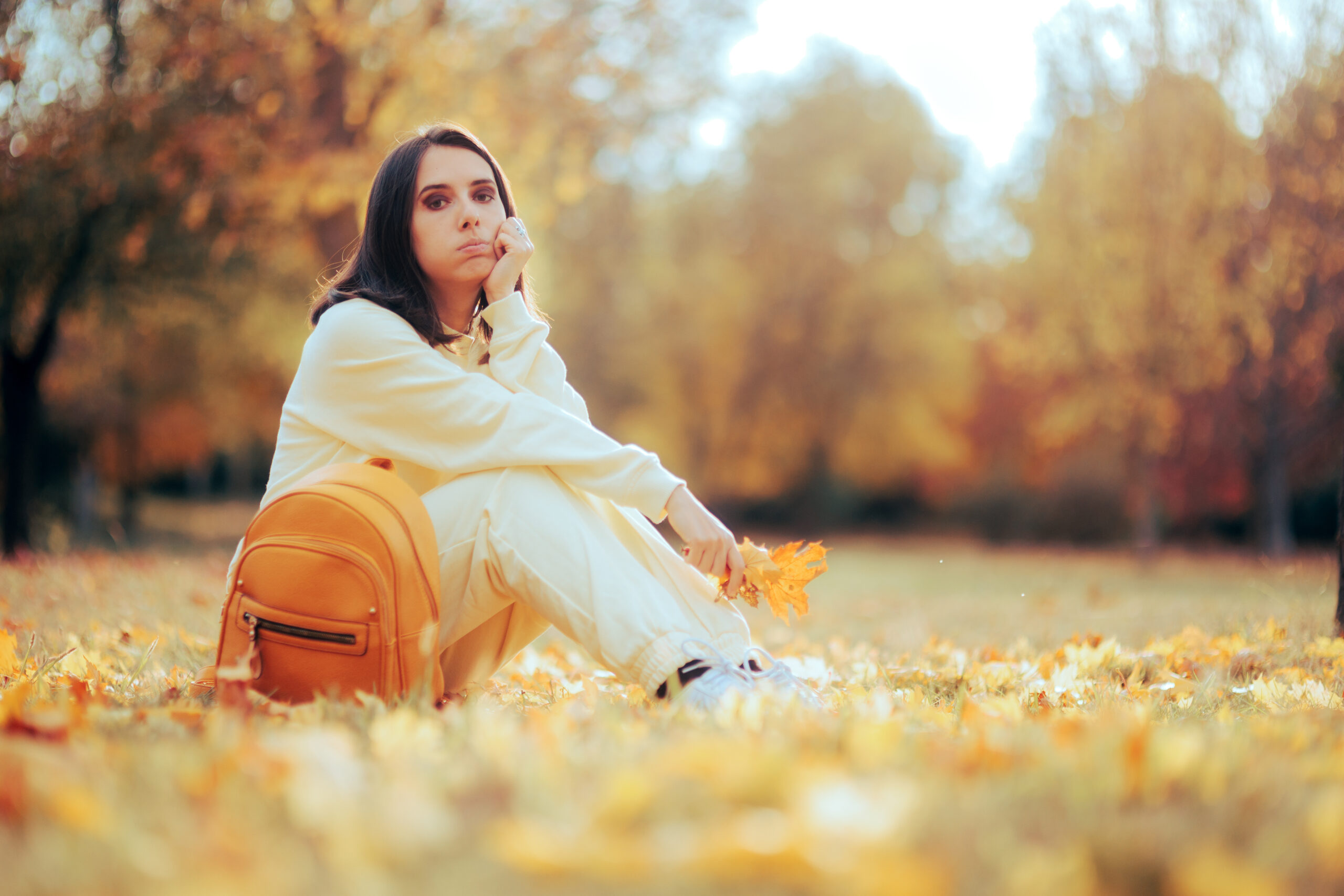If you have noticed that you feel more down in the winter months, you are not alone. A lot of people struggle with increased sadness during the darker, colder part of the year. Often, this is the result of a type of depression called seasonal affective disorder (SAD). At The Pavilion, in Williamsburg, Virginia, we treat adults and seniors who are struggling with various forms of depression.
What is Depression?
Depression is a treatable mood disorder that lasts longer than two weeks and is characterized by feelings of intense hopelessness, helplessness, guilt, and/or worthlessness. Some signs that a person is feeling depressed can include:
- Decreased interest in things they used to enjoy
- Thoughts or attempts to complete suicide
- Restlessness or irritability
- Changes in sleep or appetite
- Lower energy levels and feeling sluggish
- Trouble with concentration
- Craving carbohydrates more than normal
What is SAD?
SAD is like other types of depression, but what makes it unique is that it happens at a certain time of the year. When that time passes, the symptoms go away or return to prior levels. People with SAD are also more likely to suffer from attention deficit hyperactivity disorder (ADHD), eating disorders, anxiety, and panic disorder than the rest of the population. Most people who experience SAD have symptoms in the fall and winter, but some people struggle more in the spring and summer. Symptoms of SAD generally last four to five months at a time.
Causes of SAD
It is still not clear what causes SAD, though it seems likely that the following factors could be involved:
- Changes to a person’s internal clock – changes in sunlight may disrupt a person’s circadian rhythm, leading to depressive symptoms.
- Decreased serotonin – this brain chemical impacts mood and may drop because a person is getting less sunlight.
- Changes in melatonin levels – not only is melatonin a pill you can take to help you sleep, but it is also a chemical your brain makes naturally. As the seasons change, your body may make more or less melatonin, leading to changes in sleeping patterns and mood.
Risk Factors for SAD
SAD is more likely to occur in people who:
- Have blood relatives who struggle with depression
- Have major depression or bipolar disorder
- Live farther from the equator
- Have low levels of Vitamin D
Treatments for SAD
Like other forms of depression, SAD can and should be treated. One thing that makes SAD different from other forms of mental illness is that, once it has been diagnosed, its onset can be predicted. This allows for preventative action to occur. Common treatment options include:
- Light therapy (sometimes called phototherapy), where a patient sits in front of a light box that simulates the sunlight not typically available during the winter months. Usually, light therapy begins in the weeks before a person is expected to begin experiencing symptoms.
- Talk therapy, particularly cognitive behavioral therapy (CBT), which can help a person manage their symptoms, build healthy behaviors, and increase their coping skills
- Medication, most commonly antidepressants, though these are not typically used when a person has bipolar disorder.
Self-Care Strategies for Managing SAD
In addition to following a professional treatment plan, people with SAD can also make lifestyle changes to improve their ability to manage their symptoms, such as:
- Allowing as much natural light as possible into their home by opening blinds and curtains, trimming tree branches that block windows, and adding skylights. They can also position furniture in the home or office to be closer to windows.
- Spending time outside, whether they are going for a walk, eating their lunch in a park, or having their morning coffee outside, will increase how much sun they are getting.
- Getting adequate exercise to reduce stress and amp up their brain’s production of natural “feel good” chemicals.
- Staying on a consistent sleep schedule and meal plan. Ensuring you go to bed at the same time each night and wake up at the same time each morning will reduce the chances of having sleep disturbances. Avoiding naps may be difficult but can help to maintain good quality sleep. Eating a well-balanced diet will ensure that your body has the resources it needs to feel its best.
- Give yourself some grace. Recognize that having depression may make it harder for you to accomplish as much as you normally do. Adjust your expectations for yourself and remember that you aren’t lazy or weak for having this mental health struggle.
- Reach out to your support system. Isolation and loneliness make depression worse. Go to a movie with a friend, engage with your spiritual community, or visit a family member who is supportive.
Suicide Risk Associated with SAD
While SAD might be temporary, it is still a serious mental health disorder, and it can increase a person’s risk for suicidal thoughts and attempts. When a person is feeling depressed, their feelings may seem unbearable, so the fact that these feelings are only temporary may be of little comfort. If you or someone you know is having thoughts of suicide, it is important to take these thoughts very seriously and take precautions to stay safe.
At The Pavilion, we provide support for people whose depression is taking a negative toll on their lives. We believe everyone is able to recover from mental illness, with the right treatment and a strong support system.





